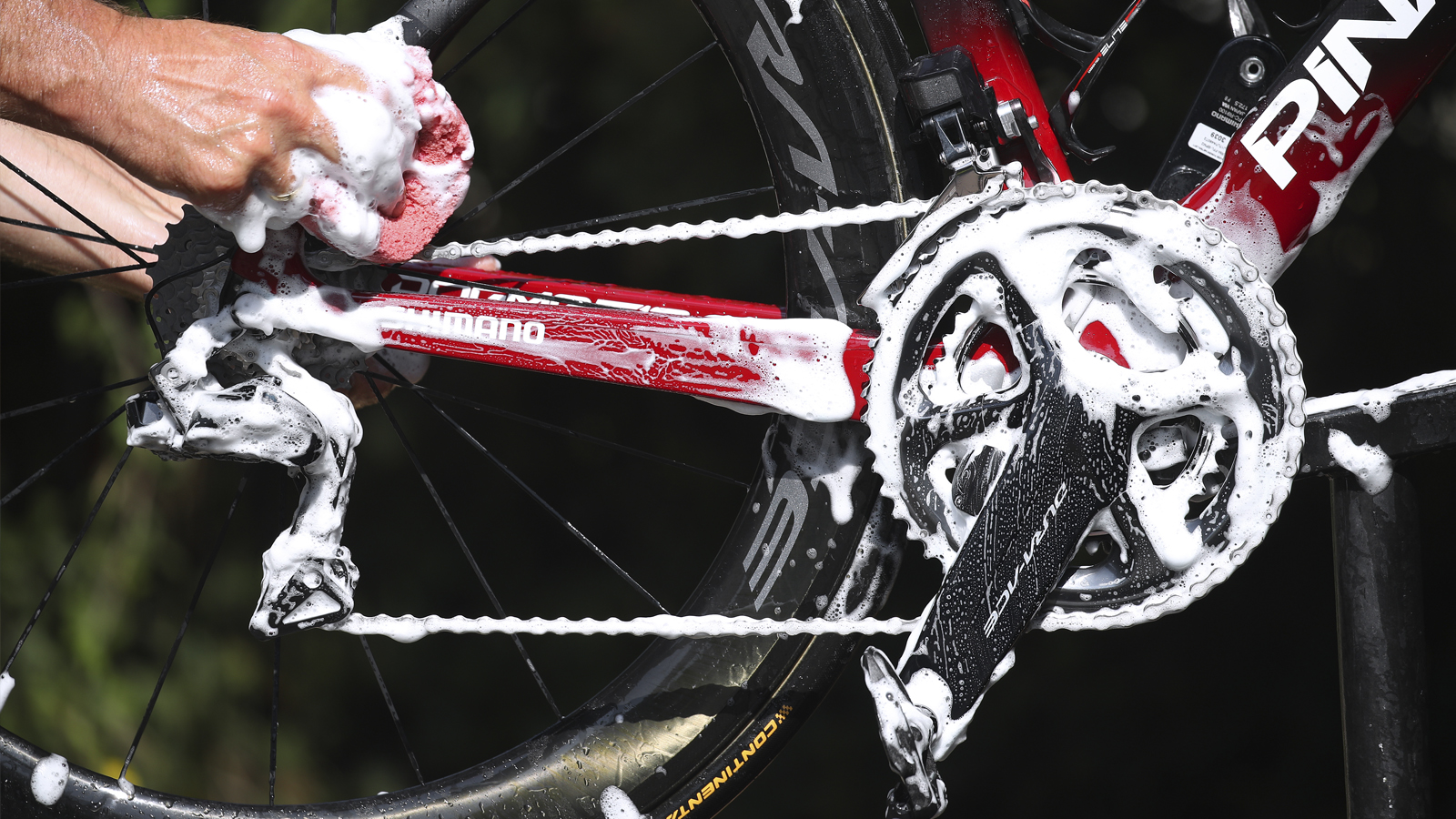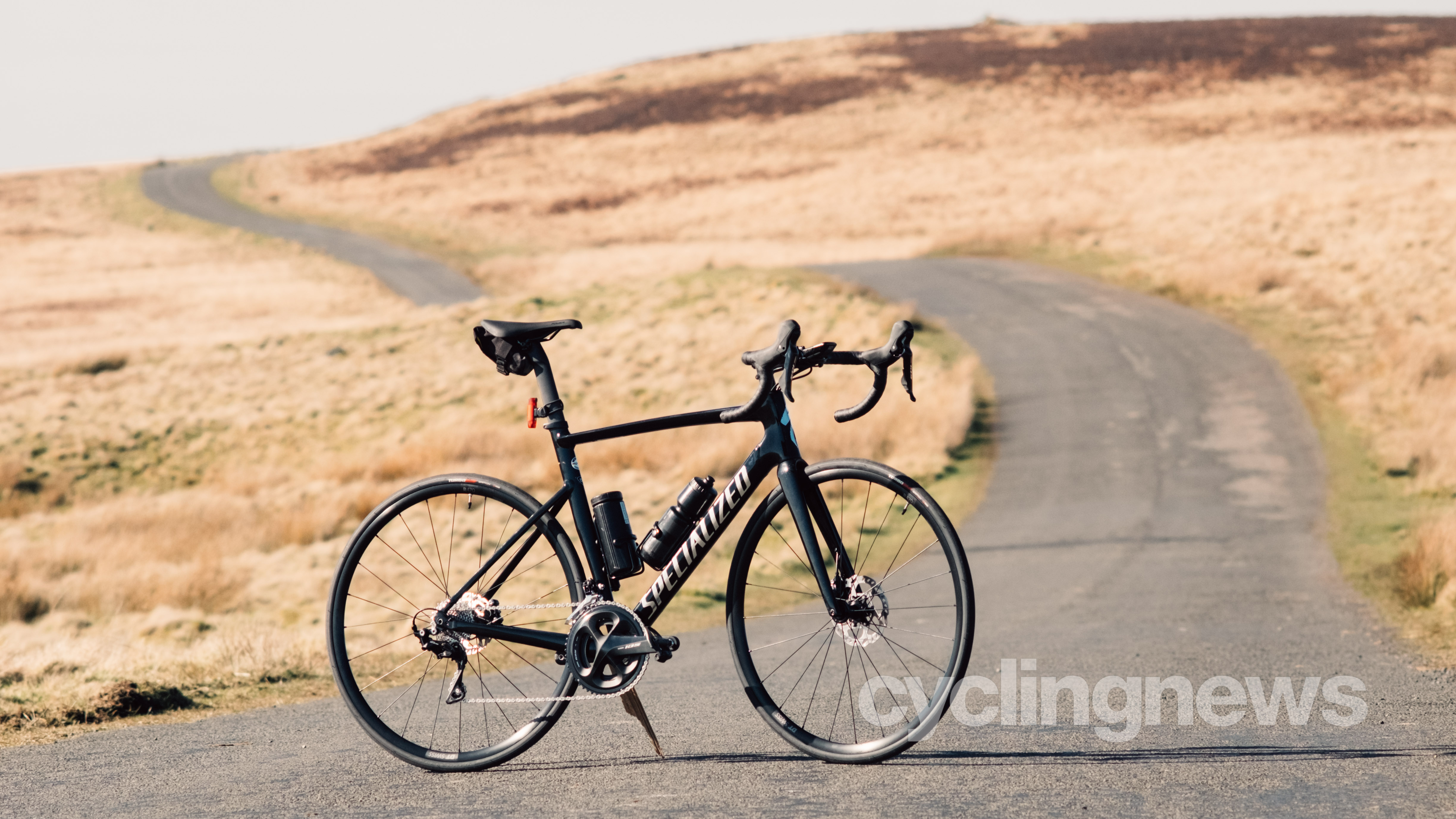How to increase the resale value of your bike
Tips, tricks, and tools to increase the resale value of your bike and ensure you get what it's really worth when you sell it

For most of us, getting a new bike also means getting rid of the old one, and it's common sense that if you can maximise the money you receive for flogging your old one, and you’ll have more to spend on the next.
But how do you ensure it's selling for what it's really worth? We've already gone through the basic explanation of how to sell a used bike, but below we’ve collected tips, tricks and general advice on increasing the resale value of your bike, so that you have more to spend on the next one.
Get the simple things right
Having worked as a bike mechanic, I can tell you that the odds of someone noticing you’ve spent hours rebuilding the internals of some obscure component are minimal. However, everyone notices if you’ve popped some air in the tyres and wiped the frame down.
If you can’t be bothered to do anything else, at least do this. It’ll make any test ride more enjoyable too, and first impressions are key when it comes to the inevitable haggle over price later on.
Invest in tackling key mechanicals
You’ll feel better if you send your bike on in good order, but there's a balance to be struck. You're trying to maximise the amount of cash you have available for your next bike, so unless your bike is particularly posh, investing in a full service is unlikely to be economically efficient.
Instead, tackle jobs you can manage yourself. If you’re a competent mechanic, a complete overhaul would be brilliant. Otherwise, make sure everything is safe and works correctly. Our bike maintenance tips will help you cover off what's needed, but at the very least, ensure there’s life in the brake pads, the chain has been lubricated, and there's air in the tyres at least.
Level up
Are one or two areas letting the bike down? If so, consider getting them fixed. This could be cosmetic, like swapping a scuffed saddle or adding new grips or tape. It could be something larger, like a worn drivetrain or bald tyres.
The latest race content, interviews, features, reviews and expert buying guides, direct to your inbox!
However, if you can change one or two items and boost the bike’s category from acceptable to minty, it’s probably worth spending the money.
As a buyer, buying a bike knowing that you're going to have to replace certain items comes with risks as well as added effort, so if replacing your bike's chain might cost £25 / $30 to replace, you'd expect the value of the bike to be reduced by more than this to account for those risks.
As the seller, if you invest that £25 / $30 up front, you may save yourself being haggled down by more.

Make everything shiny
Anyone is capable of cleaning their bike, so make sure yours is absolutely spotless. Not only to help it stand out among the crowd of whatever platform you're selling via, but also to help increase that all-important first impression. I'm moving into slightly morally dubious territory here, but many people don’t understand the difference between worn and dirty.
Just because a bike is dirty, it doesn't mean it's not mechanically sound, and similarly, it’s possible to have a sparkling bike that’s absolutely wrecked mechanically. However, most buyers associate grime with wear.
We'd obviously not recommend cleaning your wrecked bike and pretending it's safe to ride, but cleaning your bike will avoid the risk that your mechanically sound bike will be deemed to be something it's not.
Knowing how to clean your bike is one of the easiest tricks you can equip yourself with in order to increase the resale value of your bike.
Find the best place to sell your bike
Auction website eBay reaches a large audience. However, the fees can be expensive, and the site’s tendency to side with buyers can make conflict resolution difficult for sellers. Gumtree, Craigslist and Facebook Marketplace are all free to use, but have slight 'wild west' vibes in that there aren't many rules.
Cycling forums can be good but are often full of timewasters. Selling through a local club or venue might net you less cash but can be more satisfying and less hassle. There are also several online marketplaces that will verify the bikes they sell to ensure they haven’t been stolen, which is a nice idea, although these tend to focus on commuter-style models. Alternatively, in the USA, there's The Pro's Closet, which will take your bike in part exchange for another purchase. This usually means you don't get as much for your bike, but it does remove the hassle and stress from the situation.

Make an attractive listing
Wherever you sell, make your listing look appealing. Start with stating the bike model correctly. Add a brief description of upgrades and a short, honest appraisal of the bike’s overall condition. Don’t go into excessive detail, and remember that pictures are better than words.
For images, find a nice venue with a neutral background and lots of light. Take inspiration from the photos in our bike reviews; you want a few ‘hero’ images, then move in close to get detailed shots that help show the bike’s specific components and any blemishes you need to highlight. If you have a posh camera, great, but a smartphone camera will work too. Just make sure the images are in focus, clear, and show everything you discuss in the description.
Pick the right price
Bikes lose 20-30% of their value the second you throw a leg over them. Not only will your bike no longer be box fresh for its second owner, but anyone buying it second hand won't get the luxury of the manufacturer's warranty, should anything go wrong.
After this initial dip, any bike will depreciate further based on age and condition. However, some bikes hold their value better than others. A quick market survey of similar bikes that are currently for sale, as well as a browse through eBay's 'sold' listings for your exact bike should help you gauge what a fair price is.
Generally, unmodified bikes command the best money. Don’t expect every upgrade you’ve made to improve the price. People who list the thousands they’ve spent on their bike, then deduct 10% and expect it to sell, are not going to have much success.
Haggling
Closely related to the above. Everyone will try and get a bit of money off regardless of the price you list the bike at. So while you may have priced your bike to sell, leave a little wiggle room to drop down. Everyone likes to feel like they got a deal. If you’ve got some spares related directly to the bike, consider including them too. If you’re in a hurry to sell, go low on the price. If you’ve got time to wait it out and a relatively desirable bike, pitch the price a bit higher.
Time the market
People buy bikes in spring and early summer as the weather gets warm. This makes it an excellent time to sell.
Conversely, later in the year, many brands release new models sometime after August, and this can create a glut of people selling to fund new purchases, meaning it's a poor time to sell.
In general, the depths of winter are not a good time to sell any style of bike. On a related note, if your bike is due an update by the manufacturer, selling it before this becomes generally known will help you realise a better price, as your bike will still be considered a current model.
Consider splitting
If you have a mediocre bike with some posh components, you might do better to sell the fancy bits separately. That said, incomplete bicycles go for less money, so you’ll need to find replacements. At the same time, it’s sometimes possible to break a bike down into individual components and sell the lot for more than you’d get for the complete bike. You’ll have to decide whether the time and effort are worth it.
Dealing with other humans
This can be a pain. Get ready to hear weird stories about why people couldn’t make it to viewings or sob stories about financial hardship when they turn up with less cash than expected.
Being merciless, I operate on the principle that the first person to turn up and pay gets the bike. Alternatively, consider asking people for a small deposit via PayPal if they want you to hold on for a few days while they arrange to come to view it. When arranging, try and call people as this creates a greater chance they’ll keep their word versus texts or email.
Stay safe
Bikes are widely traded stolen items. It’s not unheard of for villains to pose as buyers and then steal your bike when viewing. Consider where you want to meet. Perhaps choose a venue that isn’t your house if you’re worried about people spying on your garage full of kit. A public place is generally best. Bring a friend along if possible. Calling and talking to the prospective buyer will also give you a good insight into the sort of person they are. If someone is taking a test ride, get adequate security before letting them go. The same precautions go for buying, as you’re signposting to a stranger know you’ll be at a particular location with a big wedge of cash.